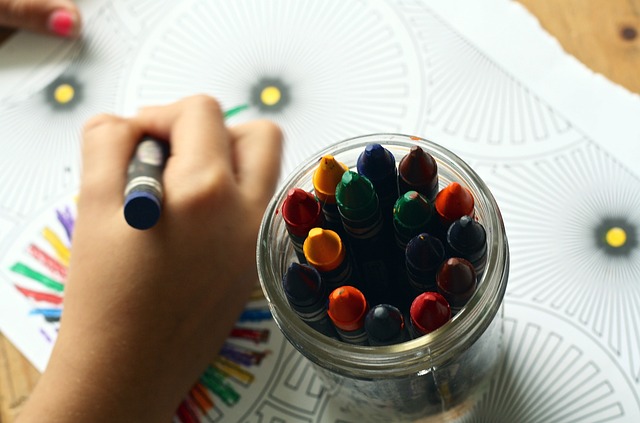3D Pen Guide: How It Works, Uses, and Best Practices
A 3D pen is a handheld tool that extrudes heated or cured material to draw freeform three-dimensional objects. Unlike a 3D printer, a 3D pen gives direct tactile control over the line and shape you create, making it popular for rapid prototyping, repairs, hobby art, and STEM learning. This article explains how 3D pens work, what materials and safety practices to follow, and tips to get consistent results.

What is a 3D pen and how does it work?
A 3D pen looks like an oversized glue gun but feeds filament—typically plastic or resin—through a heated or UV-curing tip. In filament-based models, the pen melts PLA, ABS, or other plastics; the user extrudes the softened material, which cools and solidifies quickly to hold shape. UV pens use liquid photopolymer that is hardened by an integrated ultraviolet LED as it is extruded. Controls vary by model and may include speed settings, temperature controls, and reverse feed for clearing jams. The simplicity of manual control makes 3D pens intuitive for drawing, sculpting, and repairing.
What materials are used in 3D pens?
Most filament 3D pens use PLA and ABS, two common thermoplastics. PLA is biodegradable, emits a mild odor, and melts at lower temperatures, making it beginner-friendly. ABS is tougher and more heat-resistant but requires higher temperatures and can emit stronger fumes. Specialty filaments include flexible TPU, wood-fill, and glow-in-the-dark blends. UV pens use photopolymer resins that cure quickly under UV light; these resins vary in viscosity and finish. Always use materials specified by the pen manufacturer to avoid clogging and inconsistent extrusion.
Who uses 3D pens and for which projects?
3D pens are used by a wide range of people: hobbyists creating miniatures and jewelry, teachers demonstrating geometry and engineering, product designers sketching quick prototypes, and crafters repairing plastic items. In education, the pens support hands-on learning for spatial reasoning and design thinking. Artists use them for sculptural work and mixed-media projects where freehand control yields organic results. Because of their low setup cost and immediate feedback, 3D pens are often preferred for concept exploration or small-scale, iterative creation.
What safety precautions should you take?
Safety is essential when using a 3D pen because heated tips and molten plastics can cause burns and fumes. Always supervise children and use pens with safety features like insulated nozzles, auto shut-off, and temperature controls. Work in a well-ventilated area or use local services such as fume extraction if you plan extended sessions. When using UV resin pens, avoid direct skin contact with uncured resin and protect eyes from UV exposure — some models include shields. Read the manufacturer’s safety instructions and handle hot and sharp components carefully.
How to improve technique and print quality?
Improving results with a 3D pen comes down to practice and a few technical tips. Start with simple shapes and steady, slow strokes to build muscle memory. Adjust speed and temperature based on filament type; slower speeds and slightly higher temperatures can improve bonding between layers but risk stringing. Use templates or guides placed under transparent paper to trace consistent shapes. For stronger joins, overlap layers slightly and allow cooling time between passes. Post-processing—sanding, painting, or applying a thin layer of compatible solvent—can significantly refine the final appearance.
How to maintain and troubleshoot a 3D pen?
Routine maintenance extends the life of your pen. Keep the nozzle clean by following the manufacturer’s recommended cleaning routines, which may include cold pulls (for filament pens) or solvent flushing for certain resins. Store filament spools in a dry place to prevent moisture-related issues. If the pen clogs, try the reverse feed function or a controlled heat soak and manual extraction as instructed by the maker. Firmware updates, when available for digital models, can improve performance. For persistent mechanical problems, consult authorized repair centers or the manufacturer’s support resources.
Conclusion
A 3D pen is a versatile, low-barrier tool for creative expression, education, and small repairs. Understanding the differences between filament and resin pens, selecting appropriate materials, following safety guidelines, and practicing basic techniques will help you achieve better, more durable results. Regular maintenance and careful troubleshooting keep pens functioning reliably so you can focus on design and experimentation.






